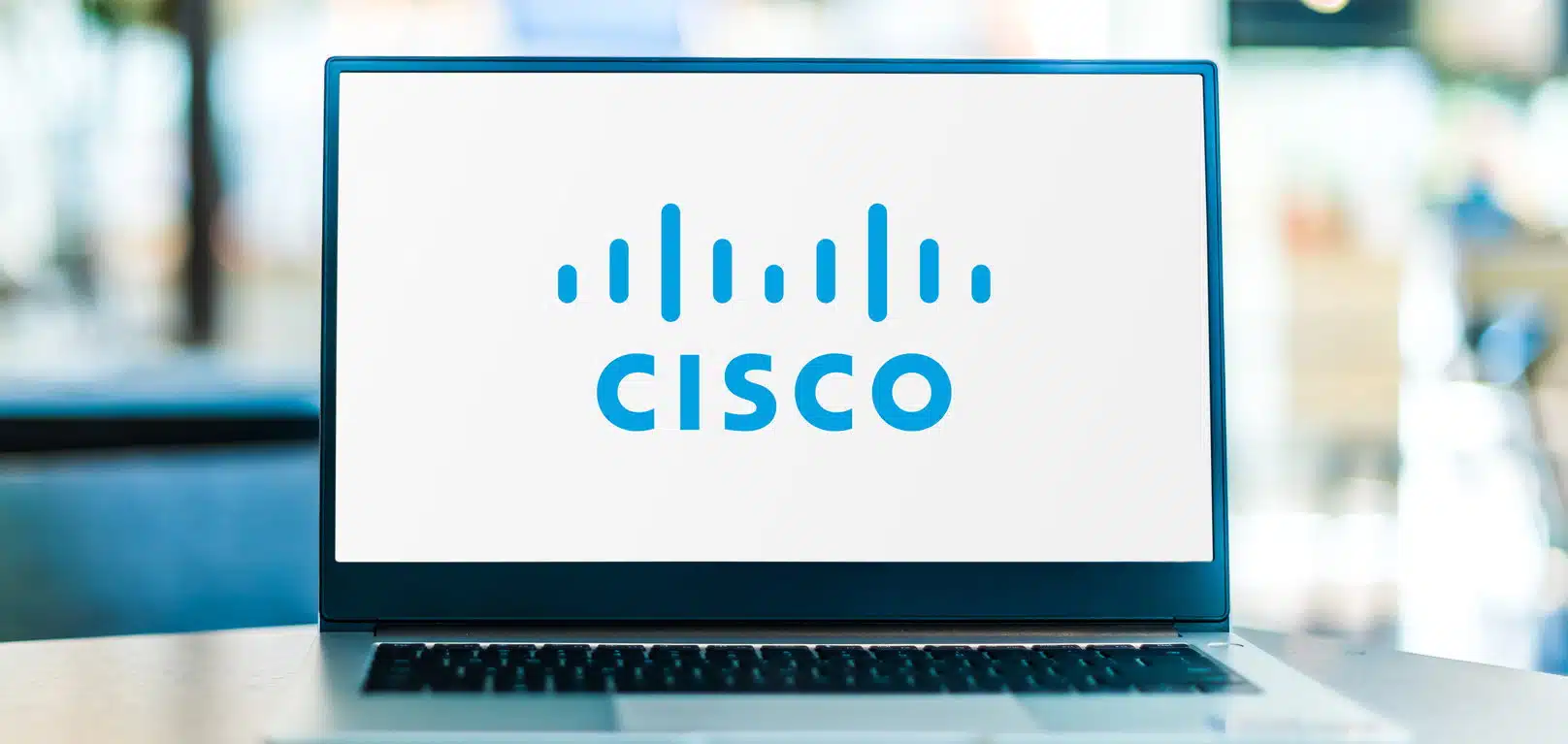The Internet of Things (IoT) is a rapidly growing field that has seen an increase in its application across various sectors such as healthcare and retail. This expansion is due to the valuable security and cost-saving benefits provided by new forms of sensors. These sensors enable capabilities like improved inventory management and product enhancement, leading to the reduction of complexity in network management and lowering costs for duplicative IoT devices. Additionally, they optimize resource utilization and introduce new processes and technologies, like automation.
The solutions also cater to various use cases, such as remote sensor data collection in agricultural fields and providing internet access for moving trains. Some key products in this area include Heavy Duty Access Points (Wi-Fi or URWB), Wireless backhaul models, Power injectors, adapters, and mounting accessories, Rugged AP and Client (URWB) for moving machines and vehicles, Edge Compute appliance for URWB, and DNA-C and IOT Operations Center. Of these, the Ultra-Reliable Wireless Backhaul (URWB) is particularly notable for its high-speed mobility, low latency, and carrier-grade availability, making it ideal for constantly moving assets. Cisco’s new “Industrial Wireless (IW) Service” offers cloud-based scalable provisioning and management of IW devices that ensure secure and efficient operations, even in offline environments.
With robust support for extreme environmental conditions and advanced networking capabilities, Cisco’s industrial solutions enable businesses to effectively optimize their IoT infrastructure. Cisco remains at the forefront of the IoT landscape by delivering innovative and reliable hardware to support the growing demands of connected industries.
